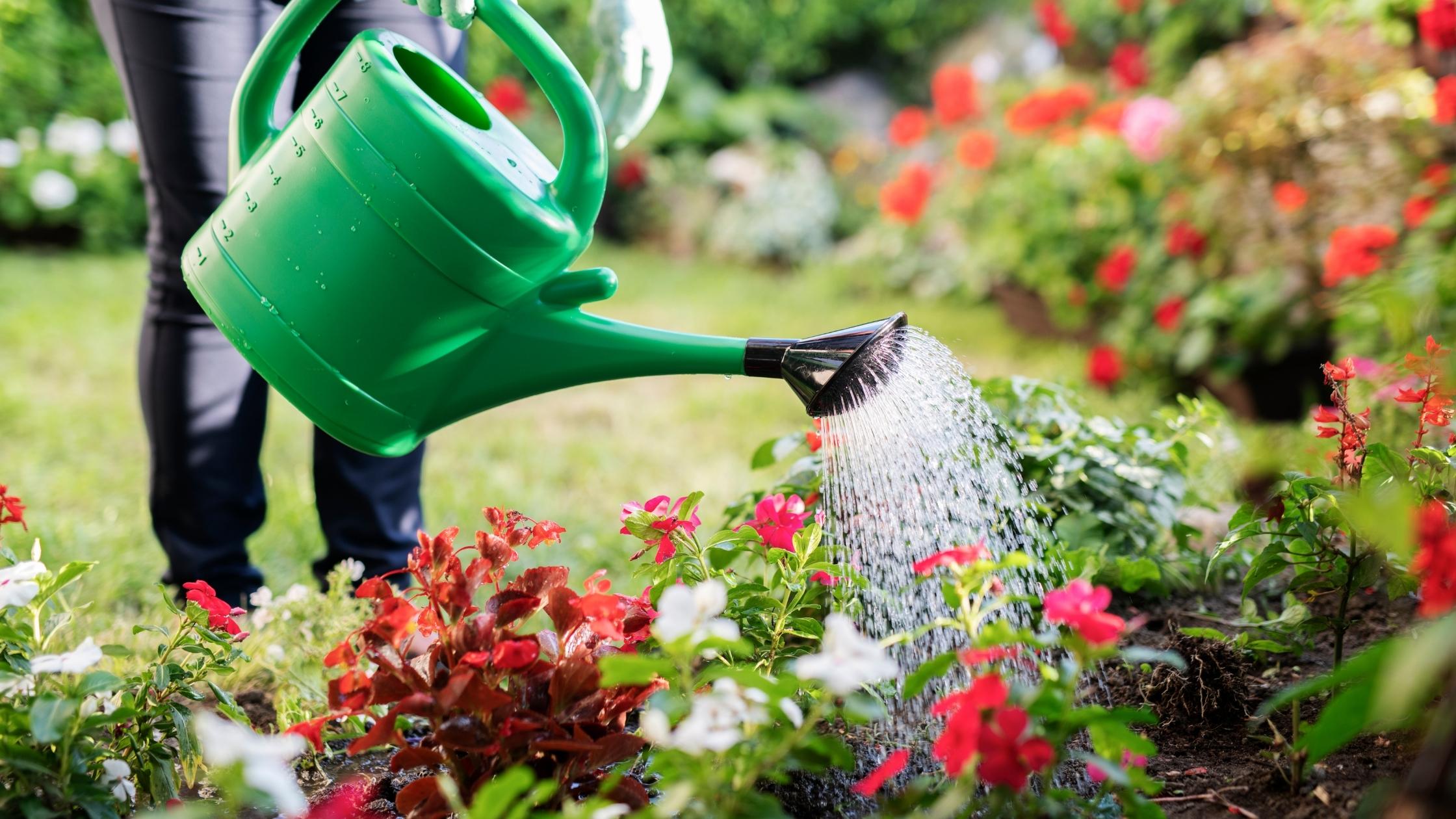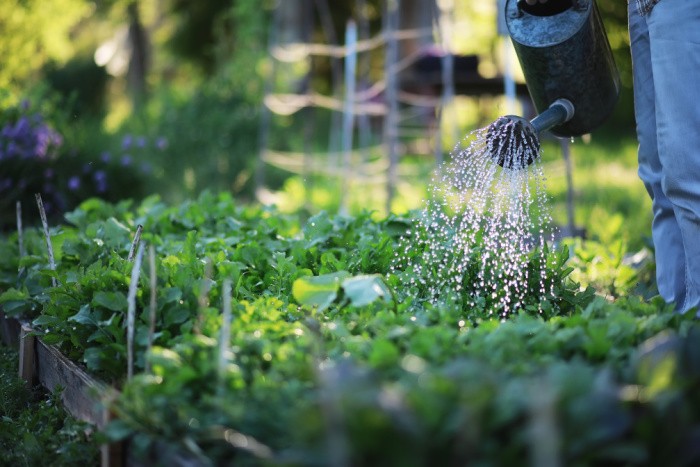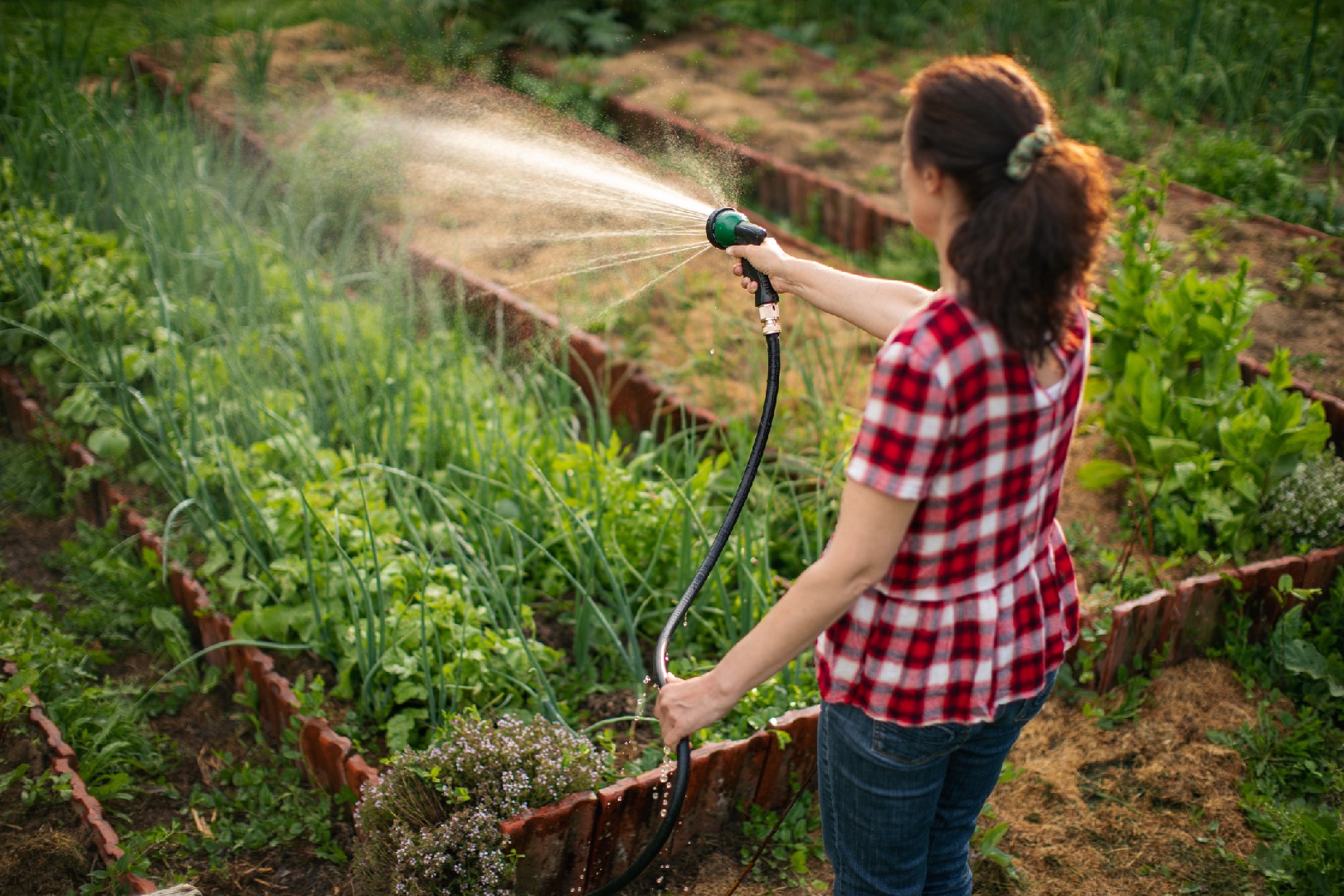Effective Watering Techniques to Keep Your Backyard Garden Healthy and Thriving

If your backyard garden has ever looked more “oops” than oasis, you’re in good company—because even the most passionate green thumbs trip over watering blunders that nobody seems to mention. Let’s get real: We’ve all over-loved a tomato or starved a sunflower at some point. The secret champions of lush, envy-worthy gardens? They’re not born with mystical instincts; they just learned from their own (sometimes hilarious) mistakes.

Let’s pull back the curtain and talk about those common watering stumbles that gardeners rarely admit—plus the tweaks I wish someone had whispered in my ear years ago.
Mistake #1: The “Consistency is King” Fallacy
Here’s what I never read in any gardening guide: plants don’t own calendars. For an entire summer, I set a daily 7am alarm to water my beds—rain or shine, swelter or drizzle. Result? Mushy roots in June, wilted leaves by August, and one very confused row of carrots.
What changed everything:
I started treating watering like making sourdough bread—it’s about feel, not just routine. Some mornings, soil felt cool and springy underfoot (no water needed!). Other times, it was dry as toast two inches down—time for a soaking. That shift from “always” to “as needed” made my garden perk up fast.
Try this:
Forget rigid schedules. Instead, stick two fingers into the soil right near your plant’s base. If it feels dry at knuckle depth, it’s go time. If not? Step away from the hose!

Mistake #2: Babying with Sprinkles
I cringe remembering how I used to flutter around with my beloved spray nozzle each evening—a gentle mist here, a sprinkle there. It looked soothing but did almost nothing for thirsty roots below.
What no one tells you:
Shallow watering trains roots to stay near the surface where heat zaps them and drought strikes hardest. When I finally switched to soaker hoses (the $28 model from Ace Hardware), it was like giving my plants an all-day spa treatment—they stretched deeper and grew sturdier than ever before.
Unexpected twist:
You can actually see the difference within weeks—plants stand taller and leaves feel firmer to the touch when watered deeply twice a week instead of misted daily.
Mistake #3: Trusting Your Eyes Alone
Wilting leaves = thirsty plants…right? Not always! Here’s what tripped me up last July: My cucumbers sagged despite regular waterings, so I doubled down—only to discover (with a muddy squish) that their roots were drowning.
The overlooked truth:
Leaves wilt both when parched and when suffocating from soggy roots. It took losing half my crop for me to buy a moisture meter ($12 on Amazon). Game changer! Now I test before every major soak—the difference between moist earth and swampy sorrow is shockingly subtle.

Mistake #4: Ignoring Microclimates
You know that shady corner where nothing grows quite right? Or that bed along your fence line that dries out twice as fast as everywhere else? Early on, I treated every patch identically—and lost countless impatiens in sunbaked spots while ferns drowned in puddles nearby.
What saved me:
Mapping out sun patterns with chalk on patio stones (yes, really!) one Saturday morning revealed which zones needed extra TLC—or less water entirely. Now I halve irrigation time for shaded areas and boost it where afternoon sun scorches hottest.
Mistake #5: Skipping Mulch Because It Looks Messy
For years, mulch seemed optional—a finishing touch for fancier gardens than mine. Then came July 2019’s relentless heatwave: bare soil cracked open like pie crust while mulched beds stayed cool and moist beneath their woodchip blanket.
Lesson learned:
A $6 bale of straw saved my lettuce patch—and slashed weekly watering by nearly 40%. Plus, earthworms moved in droves! Don’t skip mulch; it’s not just pretty—it’s practical magic for water retention.

Honest Conversations From My Garden Gate
Last season, my neighbor Jen sheepishly admitted she’d been hand-watering her petunias every sunset because “that’s what Grandma did.” Together we swapped stories—and set up her first timer-controlled drip line ($22 investment). Within three weeks, her blooms exploded in color (and we celebrated with iced tea among them!).
Another friend confessed he’d been using leftover bathwater (“waste not!”), but skipped rinsing soap residue—which quietly wrecked his peppers’ foliage until we figured it out together. Lesson? Even frugal hacks need scrutiny!
Real-World Fixes That Stick
- Timers are sanity-savers: Even basic ones prevent overwatering on busy days.
- Mulch isn’t just aesthetics: Two inches means less work for you and happier plants.
- Map your garden microclimates: Each zone deserves its own strategy.
- Invest in a cheap moisture meter: Don’t rely solely on looks—test often.
- Observe & record: Jot notes after storms or scorchers; tweak accordingly next season.
The Takeaway No One Says Out Loud
Every gardener has lost seedlings to love (overwatering) or neglect (underwatering). Every brown spot has a story behind it—and every comeback starts when you ditch perfectionism for curiosity.
My biggest breakthroughs always followed flops I never planned to share (“Did you really drown another zucchini?” became family lore). So treat mistakes like compost—they enrich future growth if you dig in and learn from them!
Tomorrow morning, step outside barefoot while dew still clings to grass blades; press into the earth beside your tomatoes or roses; listen—not just look—for what your garden needs today. Trust me: Those simple shifts will turn frustration into flourishing faster than any rulebook ever could.
Happy muddy hands and greener tomorrows—you’ve got this!



